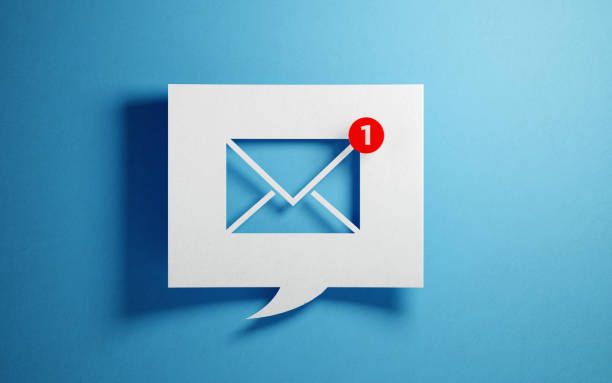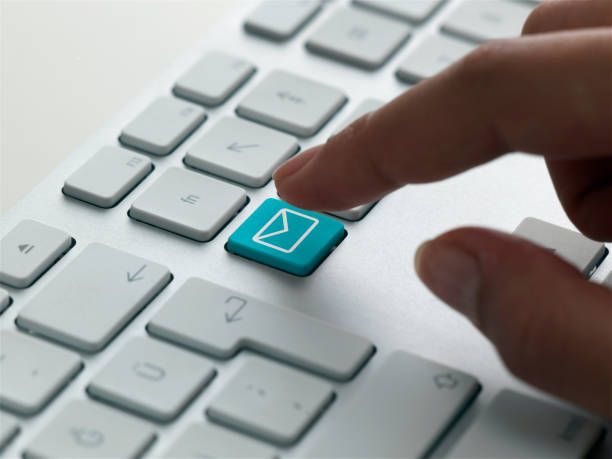If you're worried that your email has been compromised on the dark web, you're
not alone. With the rise of cybercrime, it's important to take measures to
protect yourself from online threats. In this article, we'll go over how to
check your email on the dark web and what steps you can take to keep your
information safe.
What is the Dark Web?

The dark web is a hidden part of the internet that's inaccessible to most
people. It's where cybercriminals conduct their illegal activities, such as
selling stolen data, drugs, and weapons. The dark web is also where hackers go
to exchange information, such as stolen email addresses and passwords.
Why Should You Check Your Email on the Dark Web?
If your email address has been compromised on the dark web, cybercriminals
could use it to access your other accounts, steal your identity, and even
commit fraud. Checking your email on the dark web can help you identify any
potential security breaches and take steps to protect yourself.
How to Check Your Email on the Dark Web
There are several ways to check if your email has been compromised on the dark
web:
- Use a Dark Web Monitoring Service: There are several dark web monitoring services that can scan the dark web for your email address and alert you if it's been compromised. Some popular ones include Have I Been Pwned and Experian.
- Search the Dark Web Yourself: If you're tech-savvy, you can try searching the dark web yourself using tools like Tor and Tails. However, this can be risky and time-consuming, so it's not recommended for most people.
- Check Your Email for Suspicious Activity: If you notice any suspicious activity in your email account, such as emails you didn't send or changes to your password, it could be a sign that your email has been compromised on the dark web.
How to Protect Yourself from Dark Web Threats

Here are some steps you can take to protect yourself from dark web threats:
- Use Strong Passwords: Use strong, unique passwords for each of your accounts, and change them regularly.
- Enable Two-Factor Authentication: Two-factor authentication adds an extra layer of security to your accounts by requiring a code in addition to your password.
- Avoid Phishing Scams: Phishing scams are a common way that cybercriminals steal email addresses and passwords. Be wary of emails from unknown senders and don't click on any suspicious links.
- Use Antivirus Software: Antivirus software can help protect your computer from malware and other online threats.
- Monitor Your Credit Report: Monitoring your credit report can help you identify any fraudulent activity.
Conclusion
Checking your email on the dark web is an important step in protecting
yourself from online threats. By using a dark web monitoring service or
monitoring your email for suspicious activity, you can identify any potential
security breaches and take steps to protect yourself. Remember to use strong
passwords, enable two-factor authentication, and avoid phishing scams to keep
your information safe.


